Closely-held entities are businesses that only pay salaries to associates of the business. Examples of associates include the directors and shareholders (of a company) and their relatives. If your business is a closely-held entity, your reporting requirements for STP and PAYG is slightly different to businesses with arms-length employees (or “external employees”).
Reporting Requirements
Firstly, you are not required to report to ATO using STP until 1st July 2020.
You also do not have to submit PAYG Payment Summaries or PAYG Payment Summary Annual statements to ATO by the regular due dates. They can be submitted up until the due date of your business tax return.
You also have flexibility with regard to salaries and income distribution. It is important to plan ahead with your accountant to make sure you are distributing business profit in the most tax effective way, whether that is by way of wages, dividends or trust distributions.
Available Funds
A lot of our clients who run their own business through a company want to know what they can do with the money in the bank.
The answer will largely depend on 2 things:
Does the company owe you any money?
Was there any profit reported in the company, and did the company pay tax?
If the company owes the associates money, then they can withdraw this money at any time without any tax consequences. Examples of how a company may come to owe the associate director money, is when the director pays for business expenses out of their personal funds (e.g. from a personal credit card), or where a personal asset has been transferred to the company, but the company did not transfer cash to the associate director in exchange for the asset (e.g. when a car is transferred into the company name).
Transfer of this kind are treated as loan repayments (from the company to the director). You can also think of them as reimbursements.
If financial statements have already been prepared, have a look at the Notes to the Financial Statements, under Liabilities, and look for “Loans - Unsecured”. Assuming there have not been any withdrawals from the company account since the last reporting date, you can assume that this figure is accurate, and you can withdraw this amount from the bank if the funds are available.
It is important to note that any withdrawals made from the company must be made with the company’s solvency position in mind. Directors should not clear out the bank balance if the company has outstanding current debts, e.g. to ATO or Superannuation.
If profit was reported and tax was paid, then there are franked dividends available to distribute from the company to shareholders. These dividends can be paid at any time, but a resolution must be passed during a directors’ meeting and this must be recorded in writing. Click here for a sample document you can use to pass a resolution to pay Franked dividends.
Before making a decision to pay dividends, please send me an email to discuss this strategy so we can determine whether this is the most tax effective way of accessing your company funds.
If neither of the above applies to your business, then you can take money out as wages (please note, superannuation obligations and workers’ compensation will apply). You will need to withhold the correct amount of tax before paying yourself a wage. To work out the tax, you can use ATO’s online calculator or you can use payroll software to help you produce payslips with the correct amount of withholding tax and superannuation obligation.
If none of the above options meet your requirements (for example, you need to withdraw a large amount of cash), you can borrow funds from the company. Please note, special rules will apply to this arrangement under Division 7A of the ITAA 1936. Please contact us for more information to make sure you are meeting your obligations.

